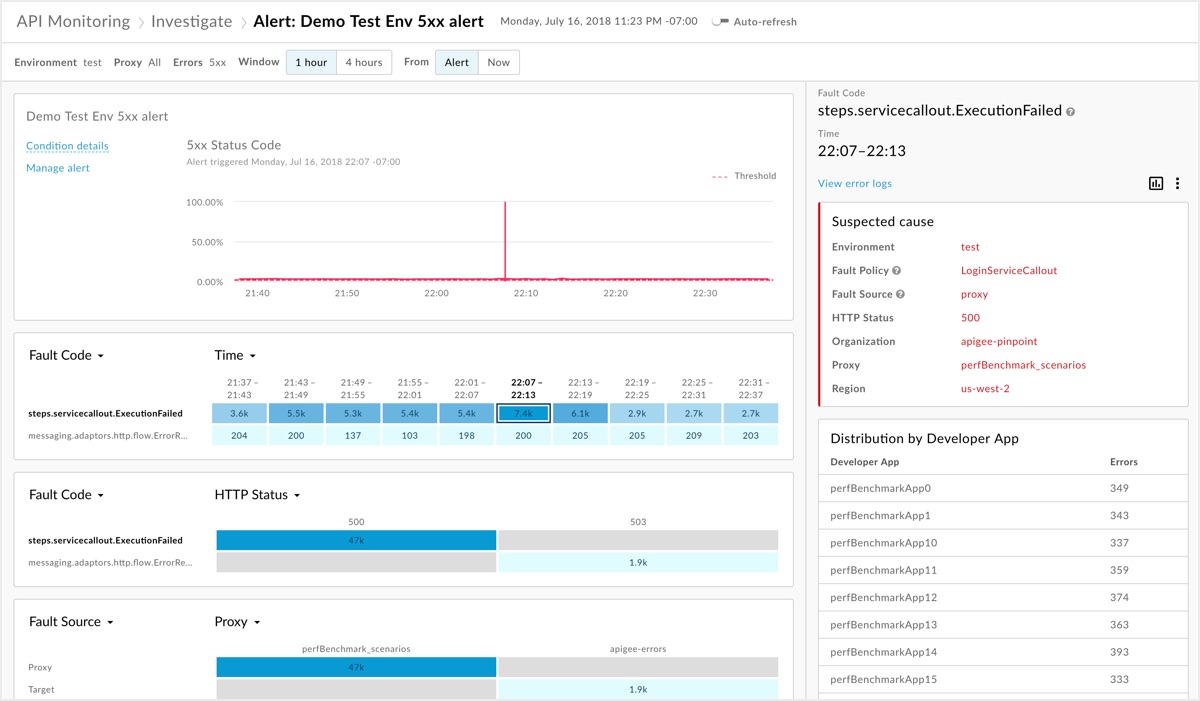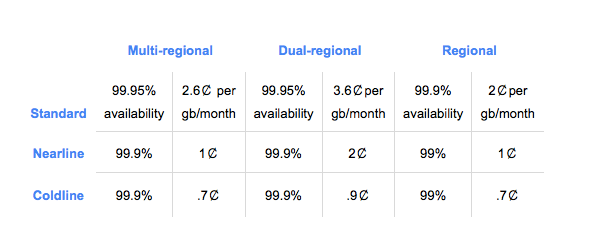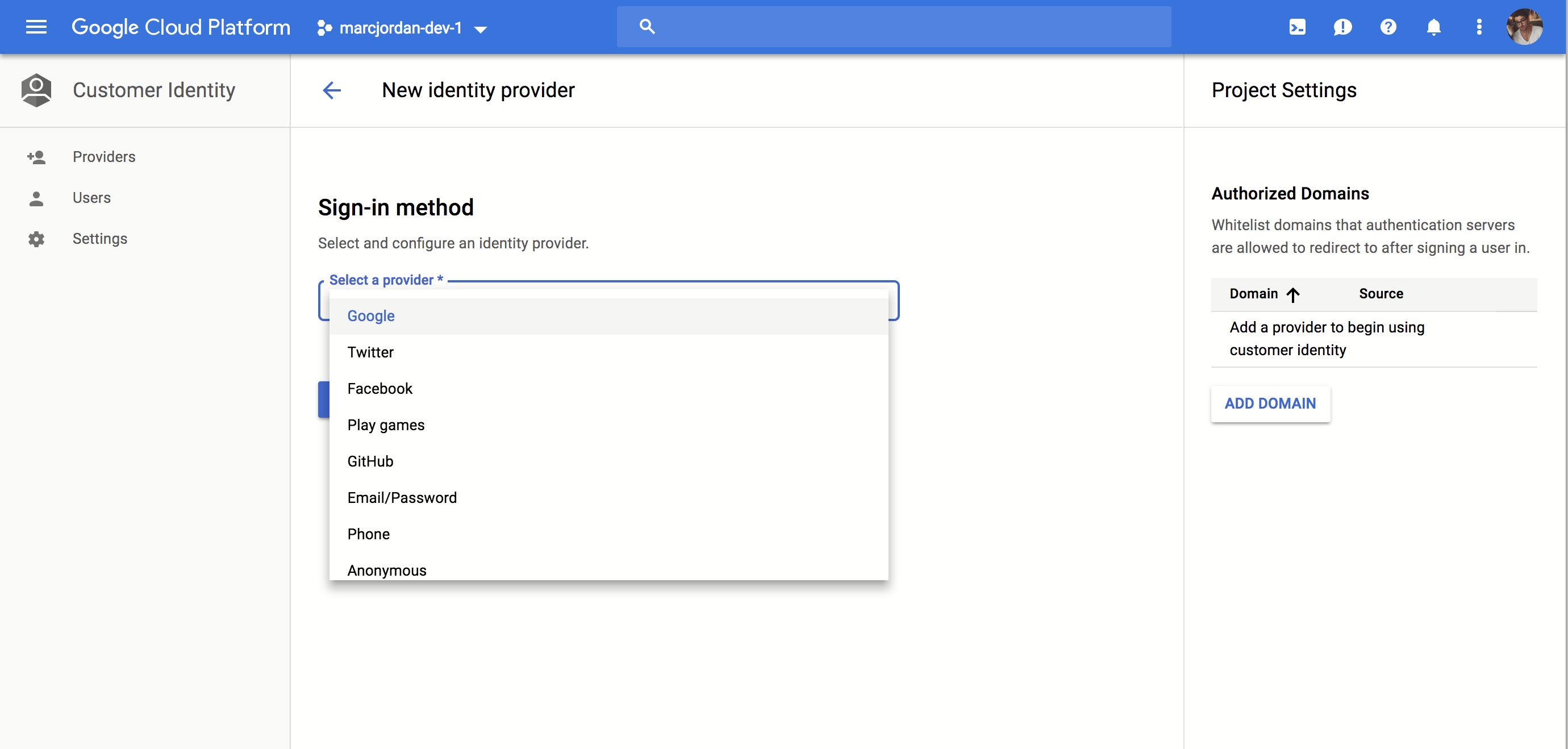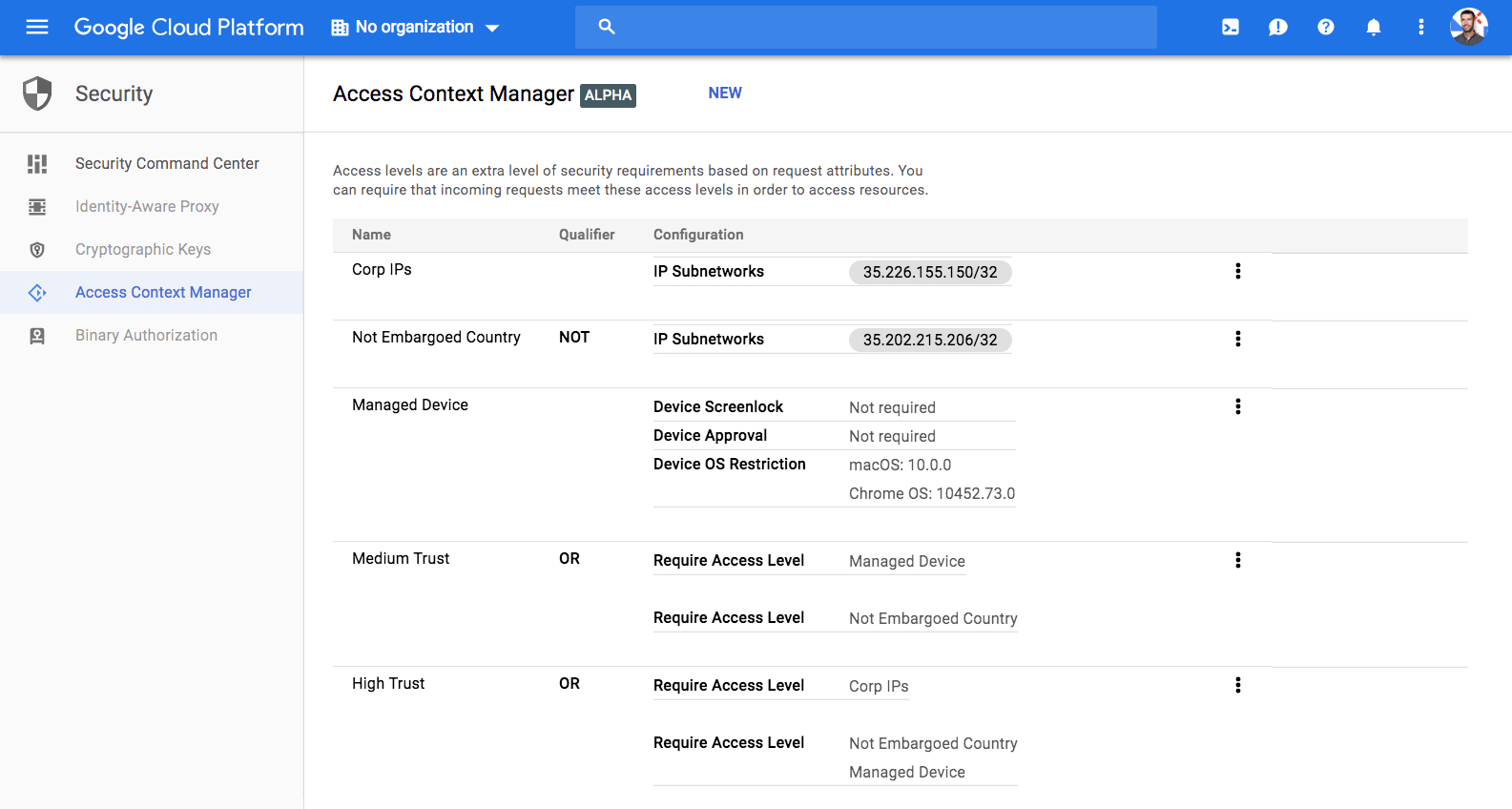Want to make your music more interesting? Add a subwoofer. That’s what Amazon did and, suddenly, the entire Echo smart speaker lineup is more interesting. If you were not impressed with the sound of an Echo, consider trying again when the Echo is paired with an Echo Sub. The subwoofer changes the game.
The Echo Sub is a small, round sub covered in the same fabric as the Echo speakers. Currently it’s only available in dark gray. It’s designed to be sat on the floor or a sturdy desk and serve up the low notes the Echo speakers are unable to reproduce. The Echo Sub does its job. When paired with an Echo speaker, the audio is more full and enjoyable, well-balanced and healthy. The Echo Sub is a must-have for Echo owners.
Review
Amazon provided TechCrunch with a pair of $99 Echo speakers and the $129 Echo Sub. This kit is available for $300, but Amazon also sells the Echo Sub bundle with two Echo Plus devices for $329 — that’s the bundle to get since the Plus models have larger speaker drivers. I suspect the difference will be worth the additional $30.
Setting up the system takes about 25 minutes. Each speaker is individually added to the Alexa smartphone app. Once all three speakers are installed, they have to be bundled in a virtual group. The app’s prompts make it easy, but I found the process buggy. When trying to combine the speakers into a group, the app would sometimes fail to locate one of the speakers. Other times, the two speakers were found, but the sub was not. Eventually, I got it configured and ended up with two Echo speakers running in stereo and a subwoofer handling the low-end sounds.
The difference an additional speaker and subwoofer makes is lovely. But it shouldn’t be surprising. Stereo is how music was supposed to be enjoyed.
Years ago the Jambox and its countless Bluetooth speaker clones convinced a generation that one speaker is all that’s needed for music. That’s a lie. One speaker gets the job done, but two, running in stereo will always be better. And in this case, with the addition of a subwoofer, it’s much, much better.
Des Rocs’ Let me Live takes full advantage of the newfound soundstage. The left and right speakers explode with activity, creating an immersive listening experience that’s not possible with any single speaker from an Amazon Echo to Apple HomePod. The stereo arrangement lets the music breath.
AKA George’s Stone Cold Classic comes alive with this setup. The Echo Sub provides dramatically more depth to the track while the stereo Echos offer a full experience. Need more proof? Turn to Van Halen’s Panama. A single speaker cannot give the same experience; the channels get muddled and mixed. But when played in true stereo with the backup of a woofer, the David Lee Roth comes alive.
I’m impressed with the sound quality of this $300 bundle. A lot of the heavy lifting is offloaded to the Echo Sub, allowing the Echo speakers to handle the mids and highs, which are clear and precise for the price point. At $300, it’s hard to find a better audio system than two Echo speakers and the Echo Sub. And the Echo’s smart features sweeten the deal.
Amazon provided two $99 Echo speakers, and they do the job. The Echo Sub can also be paired with two $149 Echo Plus speaker, which feature more significant drivers; I suspect using two of these speakers would result in even better sound and when purchased as part of a bundle, they’re only a few dollars more.
The Echo Sub works well in most situations. Compared to other subwoofers, it’s on the smaller side of the scale. It provides much-needed bass, but the woofer cannot shake walls. It does not pound, per se. It’s a great match for hard rock or pounding pop; it’s not for trunk-rattling rap. Think Arctics Monkeys instead of Post Malone.
The Alexa app allows users to adjust the amount of bass, mid and treble the subwoofer produces. I found the adjustments to be minor and unable to change the sound profile of the woofer drastically. Overall, the Echo Sub is an elegant, little sub that works well in conjunction with a pair of Echo speakers.
The Echo Sub can work with just one Echo speaker, too. Own just Echo smart speaker? Add an Echo Sub for an astounding upgrade in sound quality.
Amazon is not the only company pairing smart speakers for a new age of stereo sound. Sonos has long allowed owners to wirelessly connect speakers to create stereo and surround sound setups. Two Google Home Max can be paired to create a lovely stereo set. The same goes for Apple HomePods: Two $350 HomePods can be wirelessly tied together for a stereo kit. Each of the setups mentioned above provides great audio quality, but they’re more expensive than Amazon’s solution. Only Sonos sells a dedicated subwoofer, though.
Amazon, with the addition of the Echo Sub, now offers a great audio experience for much less than that of its closest competitors. The $129 Echo Sub is compact and capable and the best way to instantly upgrade an Echo smart speaker setup. If possible, add a second an Echo speaker to create a virtual set of stereo speakers.
The Echo Sub is an easy recommendation for homes where an Echo speaker is dedicated to music. If forced to pick between adding a second Echo or adding an Echo Sub, go for the subwoofer first.









